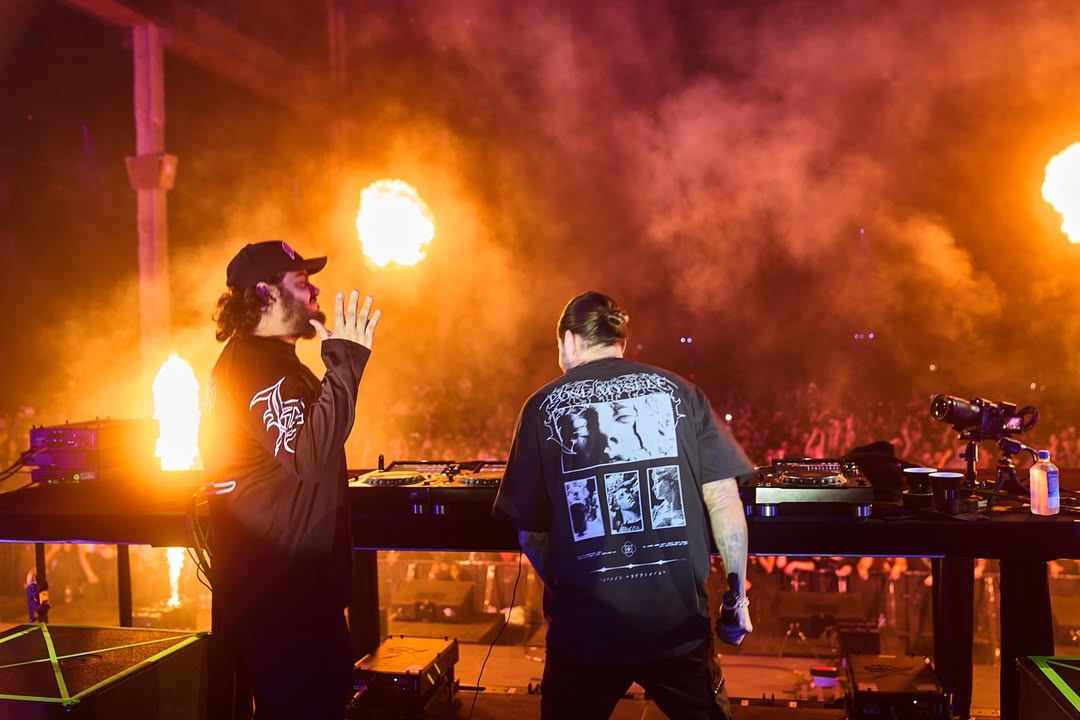Shonen Jump's golden boy Naruto Uzumaki has won the hearts of audiences across the globe throughout his epic tale, including Naruto, Naruto Shippuden and Boruto. The franchise has been able to offer a true "zero to hero" story by illustrating Naruto's incredible path to power.
From academy drop-out to Hokage, Naruto mastered the principles of shinobi in order to protect his village and the world from annihilation. While the Seventh Hokage has much to show for his hard work, including mastery of chakra control and an "understanding of all things," his most impressive feat may be his mastery of four devastating schools of martial arts from his universe as well as the real world.
Sanda
Prior to his graduation from the ninja academy, the young Naruto did not have much to offer as a shinobi save for an exceptional reserve of chakra and his powerful yet unrefined taijutsu. Thanks to his several years of kumite (combat training) at the academy, Naruto was at least able to meet opponents like Mizuki in battle using moves and techniques from Sanda.
Sanda, known as Sanshou until the early 1980s, is China's official full-contact combat sport, geared toward providing a more efficient technique to military and civilian combatants. Literally meaning "free fighting," Sanda is one of the Eastern martial arts most often compared to Western boxing/kickboxing, employing a fusion of punches, kicks and grappling throws.
Naruto's mastery of Sanda can be seen throughout the entirety of the franchise, as this style, otherwise referred to as Chinese Boxing, serves as the backbone for many of Naruto's fundamental taijutsu tactics. A garish display of Naruto's Sanda skills comes during the "Sasuke Retrieval" arc when he launches Sasuke into the air using a rapid succession of precision punches and kicks.
Bunshinjutsu
In the time since earning Naruto a rank among shinobi, his ability to produce tangible clones en masse has quickly become the signature of his fighting style. Using his shadow clones, the new genin would develop his own unique taijutsu style, categorized as Bunshinjutsu.
Bunshinjutsu, translating to "body double art," is a style of shinobi combat that encompasses techniques reliant on the Clone Jutsu (bunshin no jutsu). While select shinobi like Hiruzen Sarutobi use their proficiency in ninjutsu to perform ninjutsu-based Bunshinjutsu, ala the Five Release Great Combo Technique, Naruto maximizes his immense chakra reserves and powerful striking force via taijutsu-based Bunshinjutsu capable of overwhelming nearly any opponent.
Combining his Sanda skills with Shadow Clone Jutsu, Naruto produces a fighting style reliant on numbers and force to perform a number of multi-stage taijutsu combinations. The Bunshinjutsu style, serving as the cornerstone of Naruto techniques for most of his early career, has been on display a plethora of times, from the Uzumaki Barrage used to defeat Kiba to the Ultimate Barrage used to great effect against Kaguya Otsutsuki.
Frog Kata (aka Kawazu Kumite)
Following Pain's parricide of the legendary sage Jiraiya the Gallant, Naruto was taken to Mount Myoboku to begin his advanced training. At the reclusive mountain, home of Jiraiya's signature toad summons, Naruto would study under the direction of the Two Great Sage Toads to master the style of martial arts known as Kawazu Kumite, or Frog Kata.
Frog Kata, serving as the cornerstone of any Toad Sage's arsenal, is rooted in senjutsu, using a combination of physical, mental and natural energy to activate the body. While the art is often confused for a specific ninjutsu or technique, i.e. the ability to project natural energy through a physical strike, the school of Frog Kata simply refers to the art of enhancing one's taijutsu with senjutsu or sage chakra as opposed to normal chakra.
While practicing this unique brand of sage taijutsu, a user of Frog Kata will be able to amplify taijutsu strikes by well over ten times, as well as deliver physical strikes to unknowing enemies via nigh-imperceptible natural energy. However, the most defining trait of Frog Kata comes from the sage's inherent precognitive abilities, allowing a master of Frog Kata to perform offense and defense with a series of impenetrable forms, or katas, hence the name.
In combination with his Sanda and Bunshinjutsu, Naruto utilizes Frog Kata throughout the series after mastering his master's technique. Beyond using the basics of Frog Kata to throw his trademark Sage Art: Rasenshuriken, the young sage would also make a flashy display of his Frog Kata mastery against Pain, devastating the Preta Path with a huge senjutsu strike to the face.
Wing Chun
As the Nanadaime Hokage of the Leaf, an adult Naruto continues to train to this day, adding yet another real-world martial arts practice to his repertoire. In the years between the Fourth Great Ninja War and the Boruto-era, Naruto has become a master of the famed style Wing Chun.
Wing Chun, having been wielded by the likes of the Little Phoenix Bruce Lee and the esteemed Ip Kai Man, has quickly become one of the most recognizable schools of martial arts within modern society. Defined by rapid punches and kicks meant to create openings for quick advances, Hong Kong's style of Wing Chun specializes in close contact combat.
Wing Chun makes the perfect addition to Naruto's arsenal, complementing the speed and force of Sanda and Frog Kata while making the Hokage less reliant on the energy-draining Bunshinjutsu. Wing Chun, focused on controlled footwork and disciplined self-defense, embodies the maturity and acquired battle sense of the fully recognized Seventh Hokage, demonstrated by animator Chengxi Huang's cut of Hokage Naruto slapping Momoshiki Otsutski with several Wing Chun techniques, from Man Sao to Chi Sao.
Naruto's lengthy resume of martial arts abilities and skills reflects the long journey that the shinobi had to take in order to turn himself from village outcast to village hero. As fans await the release of Boruto's next chapter, they can only hope that Kishimoto and his team will treat readers to more displays of the Hokage's mastery.
About The Author

